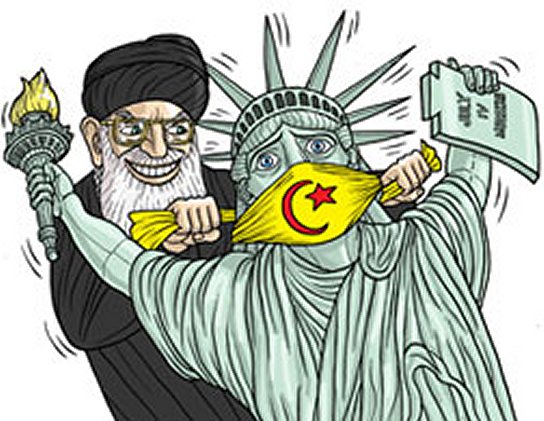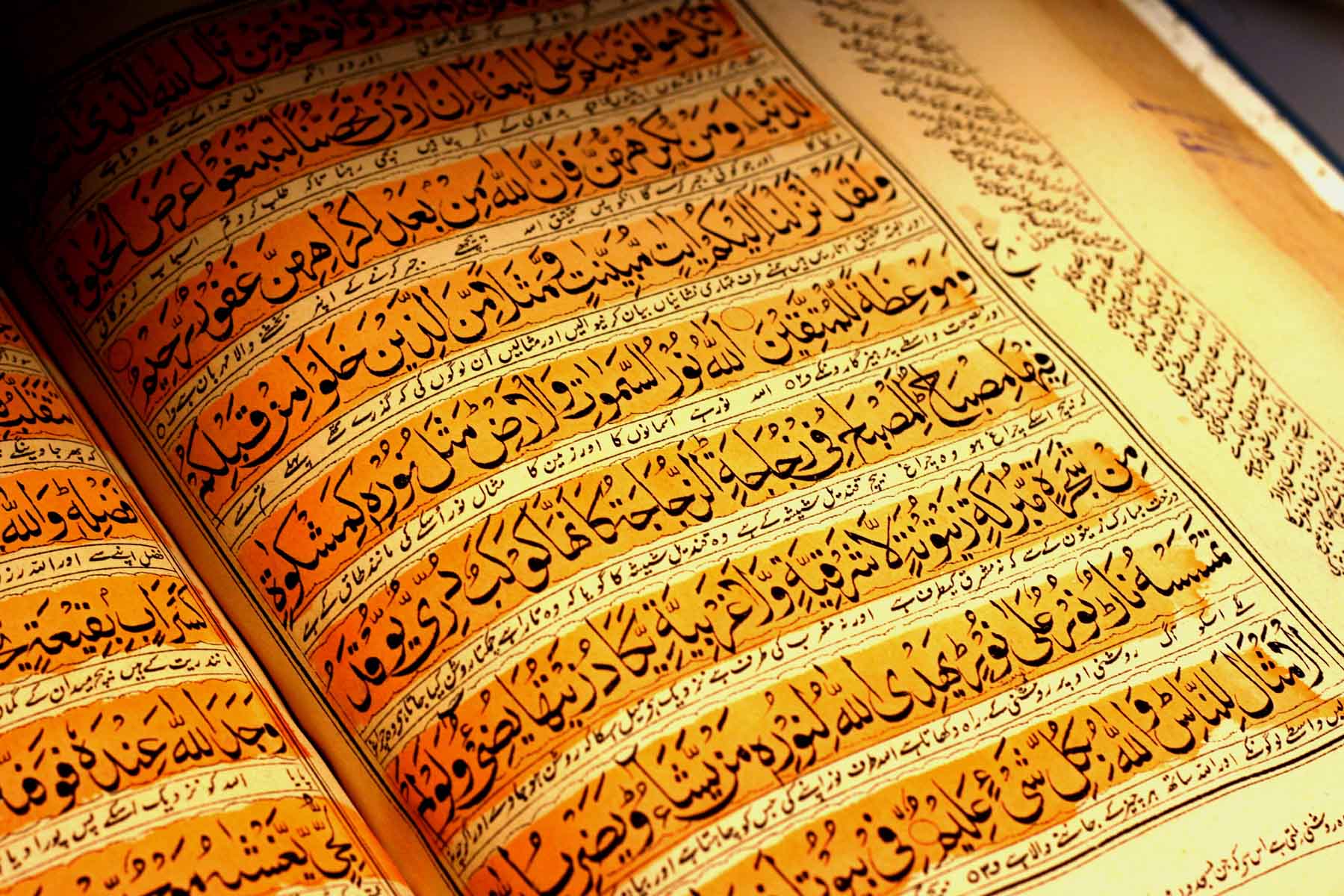Islamic Faith Biography
Source:- Google.com.pkA brief biographical sketch of the founders of Salafism is given below for our readers to understand the environment in which the new sect was originated and developed. The information consists of published historical data available in books and on internet.
The term "Salafi" was used for the first time as a slogan and movement by the followers of Muhammad Abduh (the student of Jamal al-Din al-Afghani) approximately one hundred years ago.
"Salafis" have promoted a handful of controversial scholars as supposedly representing all of Islamic scholarship. They praise and advertise these controversial scholars over and above the established, Imams, Awliya and Scholars of 1000 years Islamic History.
The founders and scholars of Salafis are as follows.
Ibn Taymiyya, his student Ibn al-Qayyim and al-Dhahabi
Ibn `Abd al-Wahhab Najdi and his followers like Bin Baz, Uthaymin, Albani, etc.
The above claims can be found in a Salafi booklet entitled "A Brief Introduction to the Salafi Da`wah" (Ipswich, U.K.: Jam`iat Ihyaa' Minhaaj al-Sunnah, 1993) p. 2.
Incidentally, all of the above do not belong to the time of Prophet Mohammad (SAWS), his companions and their immediate followers. In addition, they are not considered as foremost authorities/Imams in any of the Islamic subjects. As a matter of fact the condemnation of Ibn Taymiyyah, Ibn al-Qayyim and Ibn Abdul Wahhab by many Islamic scholars is well-known. It will not be wrong to say that they are the most controversial people in the entire history of Islam.
It is interesting to note that al-Dhahabi, who is listed by the "Salafis" alongside Ibn Taymiyya and Ibn al-Qayyim has himself condemned Ibn Taymiyya as a "deviated innovator".
Al-Dhahabi writes -
"He (Ibn Taymiyya) was a virtuous and outstanding scholar, very accurate and meticulous in his intellectual examinations, but guilty of introducing innovations in the Religion (mubtadi‘)".
This was reported by al-Sakhawi in his book al-I`lan wa al-tawbikh.
Dhahabi's own disclaimer of the errors of Ibn Taymiyya is stated explicitly in his stern al-Nasiha al-dhahabiyya, which was published in Damascus in 1347 (1929) together with his Bayan zaghal al-`ilm.
Ibn Hajar mentioned Dhahabi's Nasiha in al-Durar al-kamina (1:166), and so did al-Sakhawi in al-I`lan wa al-tawbikh (p. 504). Two extant manuscripts of the Nasiha are kept, one in Cairo at the Dar al-kutub al-misriyya (#B18823) and one in Damascus at the Zahiriyya library (#1347).
Dhahabi, Bayan zaghal al-`ilm wa al-talab. Wayalihi al-Nasiha al-Dhahabiyya li Ibn Taymiyya Damascus: Qudsi, 1347 (1928 or 1929).
Ibn Taymiyyah - (1263 – 1328)
The original thinker and founder of salafi thought is a Kurdish scholar, Ibn Taymiyyah who is regarded as Shaikhul Islam by his followers. The critics call him literalist, rebel, blasphemer, disbeliever, militant, deviated innovator, anthropomorphist and what not. But he is held in high regard by his followers who consider him as a savior and revivalist.
Taqi’ud-deen Abul Abbaas Ahmad Ibn Abdul Haleem Ibn Abdus Salaam Ibn Taymiyyah Al-Harraanee, was born on Monday, 22nd January 1263 AD at Harraan, a Kurdish area located in what is now Turkey, close to the Syrian border. His grand father Majd-ud-deen Ibn Taymiyyah (d -1255 AD) and his father Shihaab-uddeen Abdul Haleem Ibn Taymiyyah (d -1284 AD) were both followers of Hanbali mazhab. There are no Islamic teachers mentioned in his biography except that he studied Quran and Hadith in his childhood from his father. He had an encyclopedic knowledge and memorized many Islamic books, including Quran on his own. By the time he reached 19, it is reported that he started giving his independent Islamic edicts (fatwas) on matters of Islamic jurisprudence (fiqh) without following any of the four established Islamic schools of thoughts, Hanafi, Shafe’i, Maliki and Hanbali. It is reported that his opinions and assumptions were strange and unheard before.
It is not known whether his father approved Ibn Taymiyyah’s new thinking or not. His father died when Ibn Taymiyyah was 21. After his father’s death, he started propagating his new beliefs in his speeches from Umayyad mosque in Damascus where his father used to address people. Ibn Taymiyyah’s rhetoric and his new logic earned him fans and foes both.
Ibn Taymiyyah was known for his exceptional memory and encyclopedic knowledge. Kamaal ad-Deen Ibn az-Zamlakaanee, who debated with Ibn Taymiyyah on more than one occasion, observed - ‘Whenever he (Ibn Taymiyyah) was questioned on a particular field of knowledge, the one who witnessed and heard concluded that he had an encyclopedic knowledge’.
He was Jihadi to the core. He was politically active and encouraged people for Jihad against Muslim rulers whom he regarded as nonbelievers. He organized civilian resistant against Tartars (Mongols) who invaded Syria. He rebelled against the moral authorities of the Imams of Islamic Jurisprudence. He fought against the Shaikhs of Ihsan and legendary Soufis accusing them of apostasy.
Shaikh Subki said, ‘He (Ibn Taymiyyah) memorized a lot and did not discipline himself with a Shaikh’.
CLICK HERE to read about Ash-Shayek Taj aldin Subki
What is the meaning of Subki’s observation? It means that apparently Ibn Taymiyyah was not taught by reliable Islamic Shaikhs or Ulama who were specialized in their fields. He received the knowledge mostly from books, understood it by himself and deduced what he wanted. He seemed to have ignored the fact that the study of Shariah cannot be undertaken without the help of reliable Islamic teachers. Shariah cannot be perfected without practice and close contact with the experts. This looks to be the reason he could not understand the wisdom of the Imams of Islamic Fiqh and rejected them en masse (altogether). This is the reason, our respected Ulama warned Muslims not to seek study and understand Quran through a person who has only memorized it without knowing its contents through an expert.
He formed a Jama’at of his students and fans and started spreading his new beliefs. His activities caught the attention of the rulers and the Ulama in Syria and adjoining areas and as a result he was imprisoned on several occasions during his lifetime . It is reported that, irked by his self styled fatwas and his rebellious opinions in every issue of Islamic jurisprudence, the theologians of his time jointly issued a fatwa preventing him from expressing unsolicited legal opinions. This fatwa was endorsed by the royal edict issued from the Central Government in Cairo. It is reported that even these extreme actions did not deter him from interfering openly in the established legal system. As a result he was imprisoned again for 16 months and later for 3 years in Damascus jail where he breathed his last on Sunday, 26th September, 1328 AD at the age of 67. He was buried in Damascus. He has written many books in Arabic. Some of his books have also been translated in English.
He was the student of Ibn Taymiyya. His biography does not give any details about his childhood and youth, except that he is reported to have studied under his father in his childhood. His full name as per his followers was Shamsuddin Abu Abdullah Mohammad Ibn Abi Bakr Ibn Sa'd Al-Dimashqi Al-Zur'i Ibn Al-Qayyim Al-Jawziyya. His father’s name was Abu Bakr, Shihaab Al-Abir, Taqiyyud-Deen Sulaymaan, Safiyyud-Deen Al-Hindee. Originally, he followed Hanbali mazhab but later joined his teacher in Salafism. It is reported that he was astronomer, philosopher, psychologist, chemist, and theologian.
He was born on February 4, 1292 AD in Izra’in Hauran, a locality in Damascus, Syria. Very little is known about his childhood and youth except that he loved books. He stayed with his teacher Ibn Taymiyyah from 1312 until his death in Jail in 1328. He defended Ibn Taymiyyah’s new beliefs and compiled and edited most of his works. He also accompanied Taymiyyah in Jail several times and both teacher and student used to get jail terms for their rebellion against authorities. Al- Jawziyah was in jail with Ibn Taymiyyah when Ibn Taymiyyah breathed his last in 1328. After the death of Ibn Taymiyyah, he was released from Jail. After his release, he furthered his studies, holding study circles and classes. He taught his new faith at Al-Sadriyya school in Damascus. Later he held the position of the Head of the Jawziyyah School.
Most of Ibn Al-Qayyim’s writings were compilations of Ibn Taymiyyah’s works, although he authored some books. The manuscripts of his handwritten works are preserved in the central Library in Damascus. He provided strange interpretations of Quranic Verses and Ahadith that were never heard before. He died on September 23, 1350 at the age of 60.
Click Here to read Scholars' opinions about Ibn Al-Qayyim.
Ibn Abdul Wahhab - (1703–1792)
Mohammad Ibn Abdul Wahhab An-Najdi At-Tamimi was born in Uyayna in Najd, Eastern Province of present Saudi Arabia, in 1703.
The followers of Abdul Wahhab quote his biography from two main books, (i) Rawdhatul Afkar Wal Afham by Ibn Ghannam, and (ii) Unwan Al-Majd fi Tarikh Najd by Ibn Bishr. Both these authors lived in Najd, the birth place of Ibn Abdul Wahhab.
Ibn Abdul Wahhab belonged to Arab tribe Banu Tamim who lived in Najd. He is reported to have studied in his child hood from his father named Abdul Wahhab. It is reported that Ibn Abdul Wahhab spent some time in Basra, Southern Iraq from where he traveled to Makka Al-Mukarrama and Madina Al-Munawwara. All historians agree that his new thinking on Salafism was developed when he was in Basra. When he returned to his native town in 1740 at the age of 37, he had completely transformed into a rebel against the jurisprudential authorities of the Imams of Fiqh - Hanafi, Shafa’i, Maliki and Hanbali. On his return to Najd, he started propagating his new beliefs in his lectures.
Islamic Faith Islam Facts For Kids Pictures About Religion Wikipedia And History And Beliefs Worksheet On Women Today And Information Images Wallpapers

Islamic Faith Islam Facts For Kids Pictures About Religion Wikipedia And History And Beliefs Worksheet On Women Today And Information Images Wallpapers

Islamic Faith Islam Facts For Kids Pictures About Religion Wikipedia And History And Beliefs Worksheet On Women Today And Information Images Wallpapers

Islamic Faith Islam Facts For Kids Pictures About Religion Wikipedia And History And Beliefs Worksheet On Women Today And Information Images Wallpapers

Islamic Faith Islam Facts For Kids Pictures About Religion Wikipedia And History And Beliefs Worksheet On Women Today And Information Images Wallpapers

Islamic Faith Islam Facts For Kids Pictures About Religion Wikipedia And History And Beliefs Worksheet On Women Today And Information Images Wallpapers

Islamic Faith Islam Facts For Kids Pictures About Religion Wikipedia And History And Beliefs Worksheet On Women Today And Information Images Wallpapers

Islamic Faith Islam Facts For Kids Pictures About Religion Wikipedia And History And Beliefs Worksheet On Women Today And Information Images Wallpapers

Islamic Faith Islam Facts For Kids Pictures About Religion Wikipedia And History And Beliefs Worksheet On Women Today And Information Images Wallpapers

Islamic Faith Islam Facts For Kids Pictures About Religion Wikipedia And History And Beliefs Worksheet On Women Today And Information Images Wallpapers

Islamic Faith Islam Facts For Kids Pictures About Religion Wikipedia And History And Beliefs Worksheet On Women Today And Information Images Wallpapers

Islamic Faith Islam Facts For Kids Pictures About Religion Wikipedia And History And Beliefs Worksheet On Women Today And Information Images Wallpapers

Islamic Faith Islam Facts For Kids Pictures About Religion Wikipedia And History And Beliefs Worksheet On Women Today And Information Images Wallpapers

Islamic Faith Islam Facts For Kids Pictures About Religion Wikipedia And History And Beliefs Worksheet On Women Today And Information Images Wallpapers

Islamic Faith Islam Facts For Kids Pictures About Religion Wikipedia And History And Beliefs Worksheet On Women Today And Information Images Wallpapers

Islamic Faith Islam Facts For Kids Pictures About Religion Wikipedia And History And Beliefs Worksheet On Women Today And Information Images Wallpapers

No comments:
Post a Comment